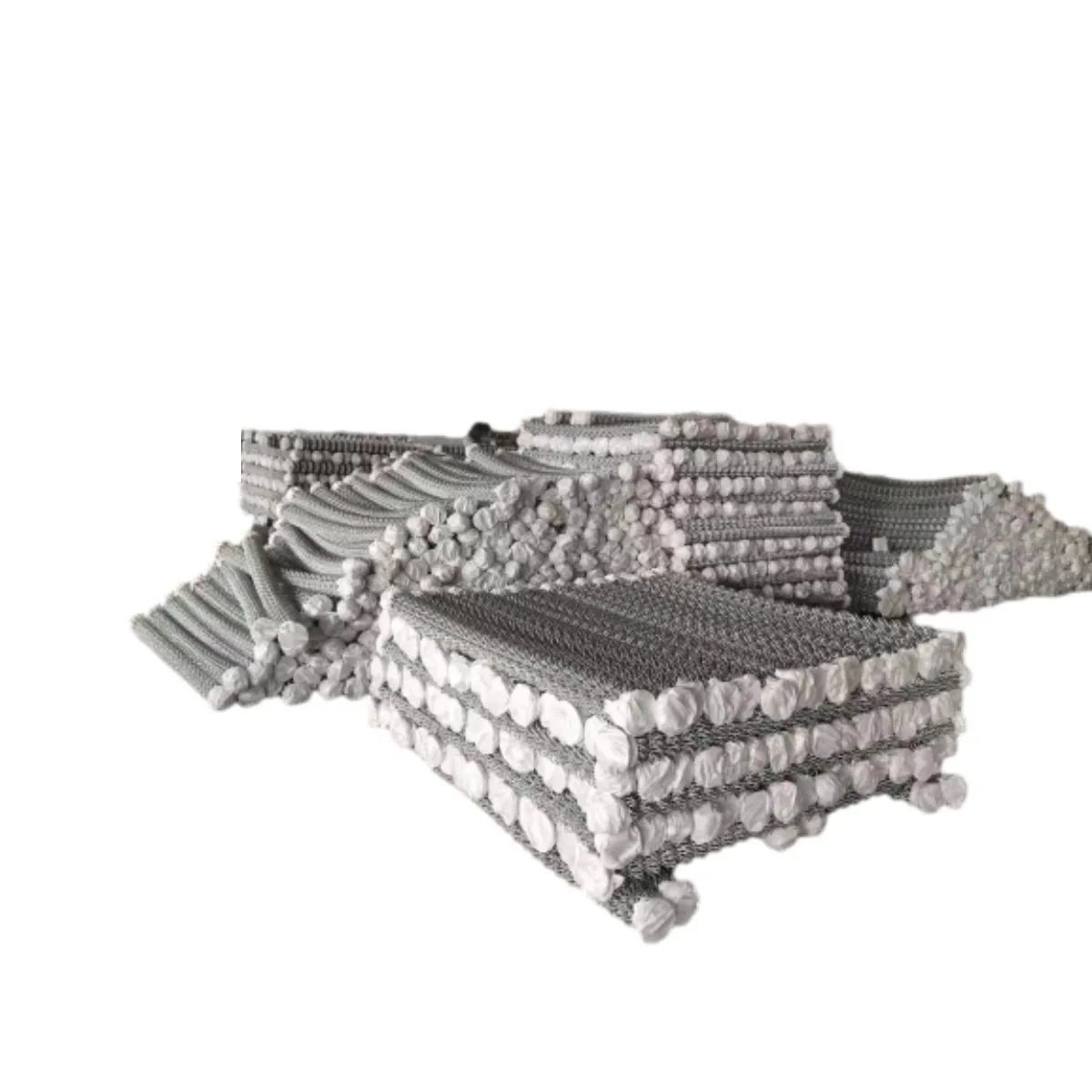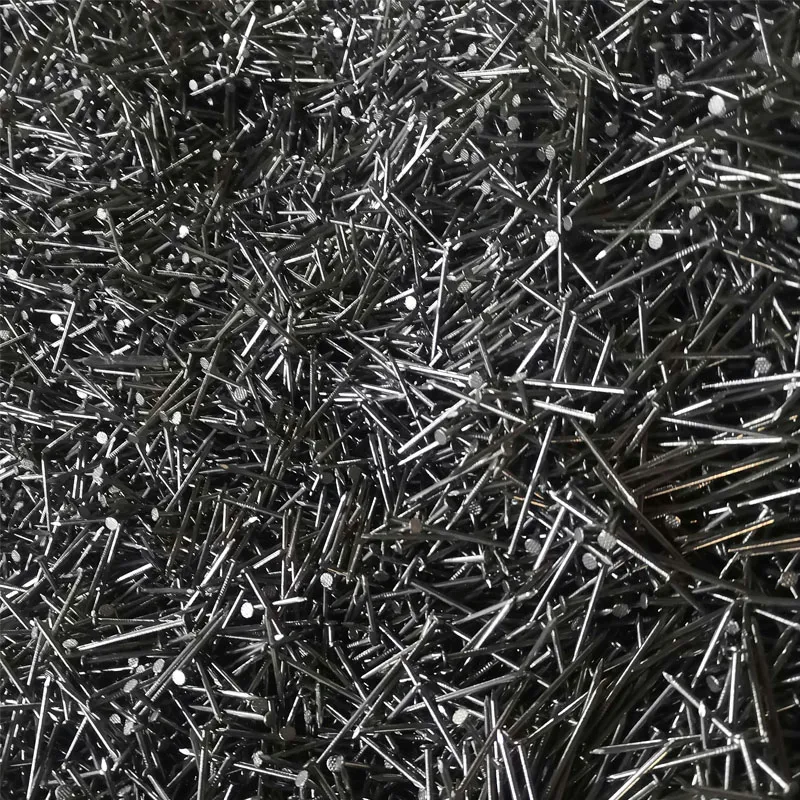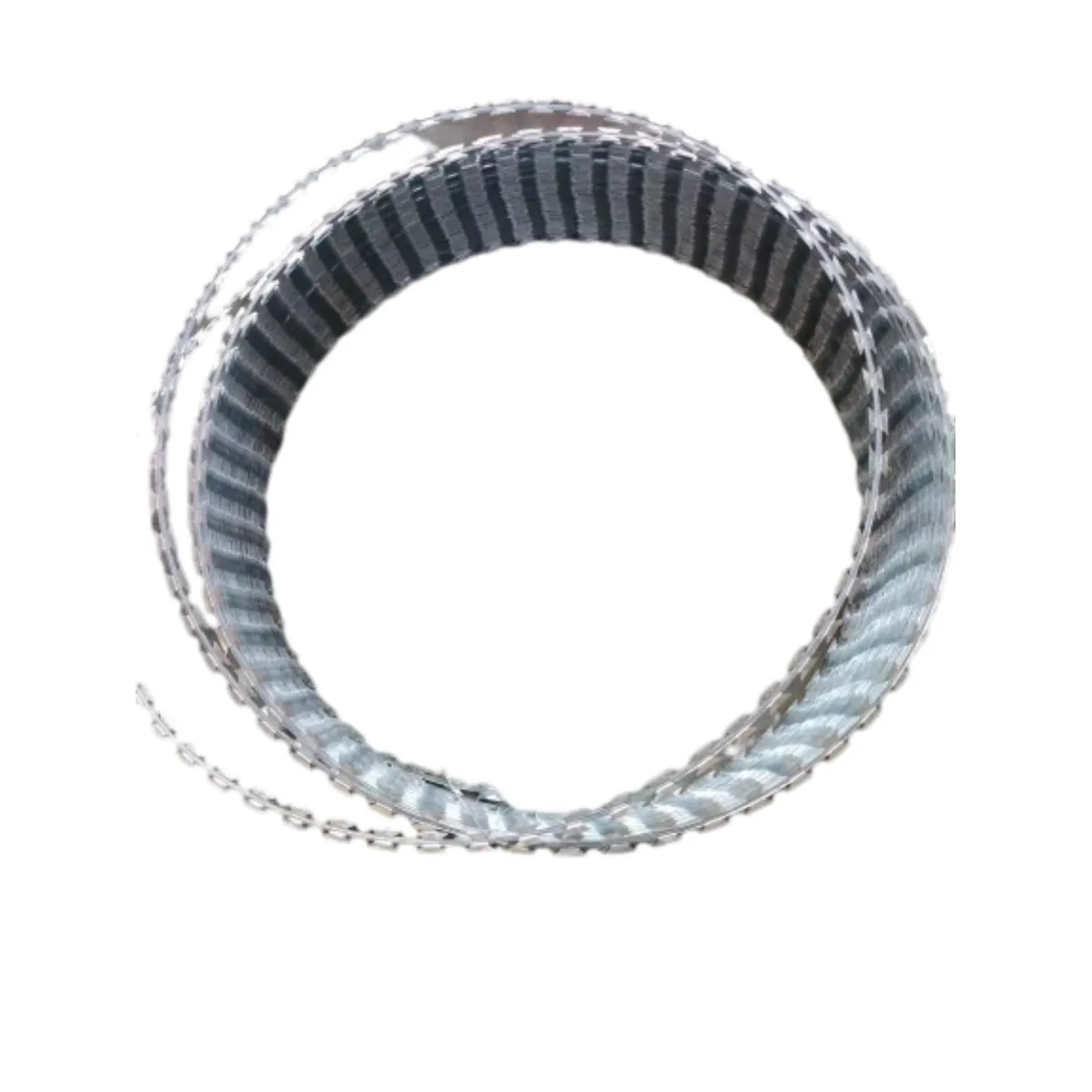Barbed Wire & Razor Wire
Barbed wire and razor wire are two of the most effective fencing solutions for enhancing security and deterrence in various settings. One of the primary advantages of barbed wire is its cost-effectiveness; it provides a formidable barrier without the expense associated with more elaborate fencing systems. Comprising sharp, pointed barbs spaced along a twisted wire, it is designed to deter unauthorized access by causing discomfort or injury to anyone attempting to climb over it. This makes it an ideal choice for agricultural properties, residential areas, and commercial sites where security is a priority.
On the other hand, razor wire offers an even greater level of security. Featuring sharp blades arranged in a zigzag pattern along the wire, razor wire is particularly challenging to breach. Its intimidating appearance acts as a strong visual deterrent, often preventing potential intruders from even attempting to scale the fence. Razor wire is commonly used in high-security environments, such as correctional facilities, military installations, and critical infrastructure sites. Additionally, both barbed wire and razor wire require minimal maintenance, making them practical choices for long-term use.
Another significant advantage is their versatility. Both types of wire can be easily integrated into existing fencing systems or used as standalone barriers. They can be deployed in various configurations, including single or double coils, to meet specific security needs. Furthermore, barbed wire and razor wire can be installed quickly and efficiently, reducing labor costs and minimizing disruption to the surrounding area. Overall, the combination of affordability, effectiveness, and adaptability makes barbed wire and razor wire valuable tools in safeguarding properties and enhancing perimeter security.
What is barbed wire used for
Barbed wire, a widely recognized fencing material, is utilized in various applications due to its unique design and effectiveness in providing security. Originally invented in the late 19th century, this product has since become an essential tool in agriculture, security, and military operations.
One of the primary uses of barbed wire is in agricultural settings, where it serves as a boundary marker to keep livestock confined and protect crops from wandering animals. The sharp barbs along the wire deter animals from attempting to breach the fence, reducing the risk of damage to both the livestock and the fencing itself. This ensures that farmers can maintain their property and safeguard their agricultural investments.
In addition to agricultural use, barbed wire plays a critical role in enhancing security for properties. It is commonly installed atop perimeter fences to discourage trespassers and potential intruders. The intimidating appearance of barbed wire, combined with its inherent physical hazards, makes it an effective deterrent, allowing property owners to enhance their security measures without significant financial investment.
Furthermore, barbed wire has applications in military and correctional facilities. It is often used in concertina and razor wire forms to create highly fortified barriers that restrict movement and ensure the safety of sensitive areas. Such installations are crucial in maintaining control within high-security environments, where unauthorized access must be strictly limited.
In conclusion, the versatility of barbed wire makes it an indispensable resource in various sectors. From protecting agricultural land and securing residential properties to fortifying military installations, barbed wire serves essential functions that contribute to safety and security. By understanding what barbed wire is used for, property owners can make informed decisions about incorporating it into their security strategies.
What is razor wire used for
Razor wire is a formidable security measure utilized in various settings to deter unauthorized access and enhance perimeter protection. Renowned for its sharp-edged blades and robust composition, razor wire is commonly used in both commercial and residential applications.
One of the primary uses of razor wire is in high-security installations, such as military bases, correctional facilities, and industrial sites. The intricate design of razor wire, which features barbed or sharp blades, makes it exceptionally challenging for intruders to breach fortified fences or barriers. This deterrent effect is crucial for safeguarding sensitive locations or assets.
In addition to its use in high-security environments, razor wire is also found in agricultural settings. Farmers often employ razor wire to protect livestock and crops from poaching or wild animals. By establishing a secure perimeter around fields or barns, they can mitigate risks and maintain their agricultural investments.
Moreover, razor wire is commonly utilized in urban settings, particularly in areas prone to vandalism or theft. Businesses and homeowners alike install razor wire atop fences or walls as a visual warning signal to potential trespassers. The mere presence of razor wire can significantly decrease the likelihood of break-ins, as it creates an intimidating barrier that discourages criminal activity.
However, it is essential to deploy razor wire with caution. Local regulations and guidelines must be followed to ensure that the use of razor wire does not pose a hazard to innocent individuals or animals.
In summary, the primary uses of razor wire encompass security enhancement for high-risk areas, agricultural protection, and urban safety. Its effectiveness lies in its intimidating presence and physical deterrent capabilities, making it a critical component in modern security solutions. Whether in military applications or protecting personal property, razor wire serves as a trusted line of defense against unauthorized intrusion.










